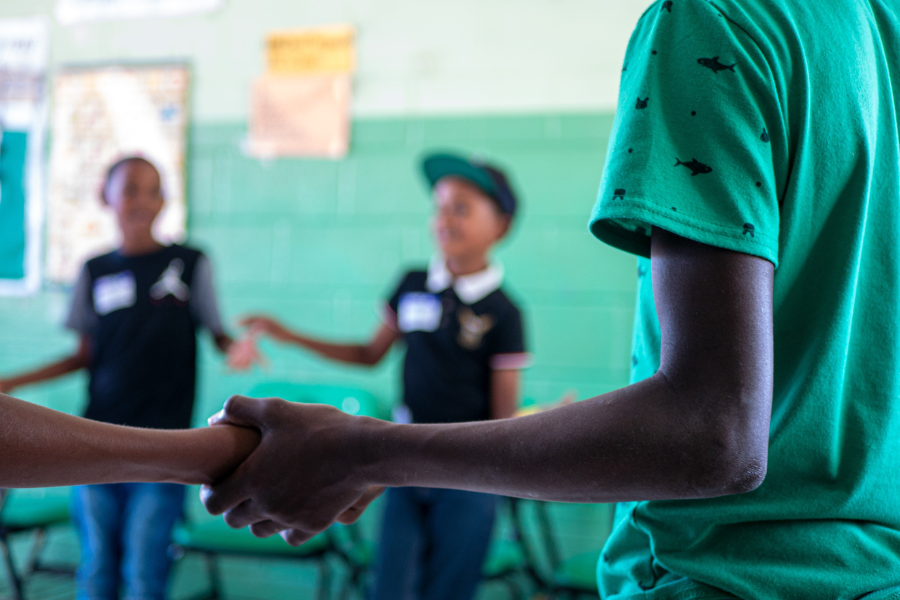How to Run Check-In Circles for Community Building
Photo by Tyler Lagalo on Unsplash
The Greater Good in Education website offers instructions for running a Check-In Circle for Community Building
In the Check-In Circle for Community Building accessed at the Greater Good education website, participants sit in a circle, centre themselves with a Mindfulness Moment, and use a talking piece to respectfully take turns answering a question about how they are doing, with a closure piece reflecting on the effectiveness of the process itself. The check-in circle is an all-ages tool that can be used from Pre-K through to adults.
The rationale is that “Convening a check-in circle on a regular basis creates a reliable and predictable space for students (and adults) to share important events that are going on in their lives that affect their learning. It allows other members of the community to learn what is going on in the lives of their fellow students and co-workers so that they may lend support or simply offer their compassionate understanding.” The aim is to lead through regular practice to a sense of connection amongst the group.
The suggested starting point is to review the list of questions provided, assess their appropriateness to the group, and determine what modifications one could make to fine-tune them to the group.
The website provides a three-stage outline:
Planning for the Practice
Running the Check-In Circle
The research behind the practice
The suggested timeframe for the practice is 15-30 minutes, depending on the size of the group.
The learning objectives include:
Increasing social and self-awareness and verbalization of feelings
Practising active listening
Increasing positive connection and a sense of a sharing community
As well as the detailed outline of how to run the practice and a set of same questions, the site also offers additions supports including:
Making practices culturally responsive
Adapting practices for students with special needs
Making a practice trauma-informed
Making classrooms and schools trauma-informed and healing-centred
Whilst acknowledging that the research on the effectiveness of restorative practices is limited, note is made of a study of pro-active restorative practices such as the Circle process in 22 Pittsburgh schools (versus 22 control schools) that demonstrated outcomes in the implementation schools including improved school climate as observed by teachers, reduced suspensions, especially among African-American and low-income students, and a reduction in disparity between suspensions of African-American and white students, and low- and higher-income students, following the study.
